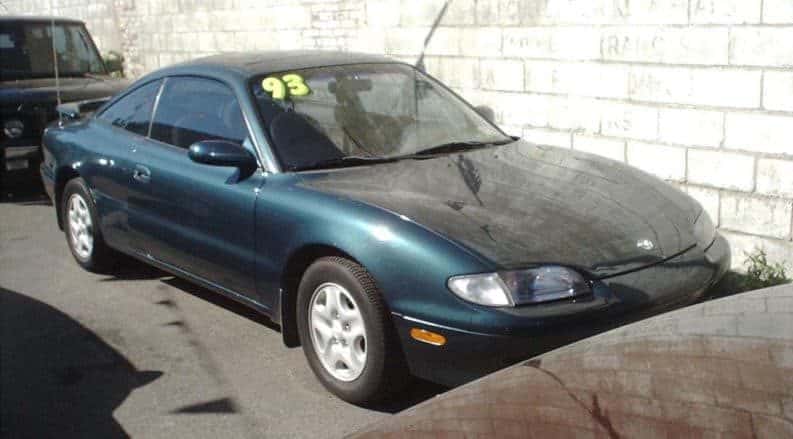When you’re browsing the used inventory of dealerships and see an alarmingly low-cost vehicle, what’s the first thought that goes through your head? Maybe it’s, “Man, that thing must be a piece of crap,” or “hey, that’s a good deal!” Depending on how you answered that question, you might be on your way to making a horrible decision. There is a difference in connotation between “cheap,” and the right type of cheap (ahem, affordable) — even if they’re the same word. After all, not all dealerships are trustworthy, especially if they aren’t a certified franchised dealership.
A vehicle can be low costing compared to its original MSRP, labeled as cheap, and still provide great value for your dollar. A vehicle that has an unwarranted low price that’s too good to be true, and just considered “cheap” can’t.
That’s the major difference, and it’s important to have a full understanding of that.
“Cheap” is Never a Good Deal
The vehicle with the big painted price on the windshield in some obnoxious color followed by plenty of exclamation points, featured in a broken-down, second-hand car dealership, is not the place to look for a “cheap” car. Especially if it’s being sold by a single car salesman that’s half-balding, chewing on a toothpick, dripping in gold, wearing the most obnoxious suit possible, who then speed walks over to you before you’ve even entered the car lot.
Chances are, this is the type of “cheap” that movie makers would make fun of. Fast-forward to the reasonable friend telling you not to buy it because something just seems off, but you buy it anyway. Enter the one-week later interlude, where you’re doing a stunt roll out of a car that decided to catch fire on a back road while chugging along at 25 mph.
Exaggeration aside, chances are it’s a lemon. Which (in a nutshell) is a vehicle that’s experienced severe, repeated damage, and been given a fresh Bondo-and glossy spray paint-job a mere ten minutes before you arrived to make it look like everything is fine and dandy. When it reality, it’s not, and nothing has been fixed on the vehicle.
While there are lemon laws in place, dealerships like the one mentioned above still get away with selling these kinds of car sometimes. Always inspect any used car before buying, and check the vehicle history report. If there isn’t one, classify it as a “cheap” car – the wrong kind of cheap – and walk away.
The Right Type of Cheap is a Good Deal
Finding the right type of cheap isn’t hard, and there are plenty of used cars out there that are in good condition. Start by looking at certified dealerships, and consider purchasing a CPO – a vehicle certified in like-new condition thanks to extensive inspections and repairs from the automaker, and therefore exclusive to certified dealers of that brand.
The type of cheap you’re looking for is in relation to original MSRP of the vehicle — not a $1,000 beater that will only last a week, like the one mentioned above. Since a vehicle depreciates (on average) by 20% in the first year of ownership, you can land a vehicle that’s almost 3/4 of the price that it originally was.
Luxury cars are especially cheap vehicles, and most depreciate much faster than average. Don’t be surprised if you find yourself picking up a range-topping Mercedes model that’s five years old — certified pre-owned or not — for the price of your average $34,000 economy sedan in 2016.
It might take a little bit more legwork than buying the first “cheap” car you see, but it still isn’t that hard, especially if you go to a trusted source: A.K.A. a certified franchised dealer. Therefore, you shouldn’t be afraid of buying the right type of cheap. Especially since it can save you a great deal of money.


